Uncle Acid and the Deadbeats initially appeared as a mysterious musical spectre with a self-released corker of a debut album in 2010. That album was simply titled Vol. 1 and existed exclusively in the form of torrented downloads and burned CDs for a long time. The only things most fans seemed to know about Uncle Acid and the Deadbeats were that they were British and they had a really refreshing take on the burgeoning proto-metal style of the late ’60s, as defined by artists like Black Sabbath and Alice Cooper. Vol. 1 sounded and felt like it may have been the work of some forgotten, esoteric band that was present at the moment when rock ’n’ roll crossed over from the Summer of Love’s psychedelic daydreams of utopia into the bad trip nightmares of nascent heavy metal. Uncle Acid’s musicwas lo-fi without being kitschy, raw and rough around edges in an organic way, and made by people who’d studied the underbelly of late-’60s outsider rock deeply enough to capture its energy beyond the basic tonal palette, riffs, and fashion.
Uncle Acid’s ringleader and primary sonic architect is Cambridge-based songwriter/frontman/lead guitarist Kevin “K.R.” Starrs. Accompanied by an ever-changing cabal of Deadbeats, Starrs has allowed the shroud of secrecy to slip over the years and with subsequent successes. Blood Lust (2011) was recorded in a literal garage and also initially self-released, but took off in a way that earned the band a proper record deal and ushered them into an opening slot on Black Sabbath’s (first) farewell tour. That record has since developed into a cult classic that’s revered for both its groovy, melodic take on early doom-metal sound and its horror-show lyrics.
The band recently released its fifth LP, Wasteland, an album that sees Uncle Acid’s sound honed into a razor-sharp ritual knife that, despite being forged in the fires of metal’s primordial past, seeks to draw fresh blood to serve as an antidote to the lack of melody and harmony Starrs feels plagues contemporary music. Despite its fair share of catchy hooks, Uncle Acid’s records have all centered thematically around things like the occult, actualcults, serial killers, and the violence that’s part and parcel of such subjects. Wasteland is a similarly gruesome concept record. This time around, Uncle Acid tells a tale of a dystopian state populated by re-programmed amnesiac humans-turned-automatons who have been enslaved by technology and experience life via “propaganda screens.” Inspired in equal parts by Orwellian fiction as it is by the status quo of 2018’s smartphone reality, Wasteland finds Uncle Acid’s gritty proto-metal presented with a clearer, expanded production aesthetic than past efforts. Wasteland also sees a heroic dose of melody laced into the band’s catchy, fuzzed-out rippers.
Starrs’ unique vocals and guitar work are at their most incendiary to date on Wasteland. The record boasts fiery, unhinged solos and leads, heaps of lyrical riffing and economical phrasing, and plenty of hammering rhythmic chunk. Surface listeners may only hear the heavier side of the late ’60s on Wasteland, but the truth is Starrs takes influence from far-flung places, including his musical hero Neil Young, the fleet-fingered fretboard histrionics of Iron Maiden’s Dave Murray, and the spooky side of the blues as imagined by Peter Green’s Fleetwood Mac. Tracked entirely to tape at the legendary Sunset Sound in Hollywood with engineer Geoff Neal (Nine Inch Nails, Motörhead), Wasteland also features performances by Vaughn Stokes, who’s been the band’s touring bassist for several years and is responsible for the thunderously substantial bass performances on the album.
Stokes, a well-educated guitarist, has also jumped into the role of Starrs’ guitar foil in touring situations. Stokes’ influences are also wide-ranging and unique. On bass, his number one influence is James Jamerson and he used one bass on the entire album—a Nash ’63-style P-bass replica with a Lollar pickup. “More recently, my main influence has been Blake Mills,” Stokes shares. “When I’m looking for real guitar inspiration and the kind of feeling I like to hear from the instrument, I turn to his stuff. Anything of his I can find—live videos on people’s phones, all of the records he’s recording himself, and everything he produces. If I had to check one player that I find truly inspiring these days, it’s him.”
Premier Guitar met with Starrs at the Hollywood Roosevelt in Los Angeles a few weeks after Wasteland’s completion to discuss the making of the new record, his unexpected and out-of-genre influences, the charms of well-made, simple gear, and optimizing the raunchy side of vintage Fender tweeds.
“Wasteland” is one of the most ambitious songs in the band’s catalog and edges into prog territory with its longer structure. Could you walk us through writing that one?
We generally track everything live as a band, so all of the rhythm guitars, bass, and drums are done live and in single takes until we get it right, but that one was a little bit different. I already had the first part of the song recorded with just an acoustic guitar and a vocal, and I explained the outro idea to the guys and told them where I wanted them to come in. I originally only wanted just a short outro section, but it sounded really cool as we played it and we felt like it had to keep going and build up into something more. So we built it up playing together live as a band, and eventually we had four minutes added to the back end of the song. It sounded really good, but I thought adding a reverse-tape solo to it would be perfect, so I went back into the live room and played a solo and asked the engineer [Geoff Neal] if he knew how to do a reverse-tape thing—like the old Hendrix-style ones. He’d never done one before, but he was down to try it and we did that and then fed it through the old echo chamber that Van Halen had used on their first few records, which is still at Sunset Sound where we tracked it!
What’s the story with that echo chamber?
There’s a secret echo chamber inside the studio that’s got these amazing microphones in it from the 1950s that we used to track that solo. Then we flipped the tape to do the reverse thing after capturing the sound of the echo chamber. I think it came out awesome!
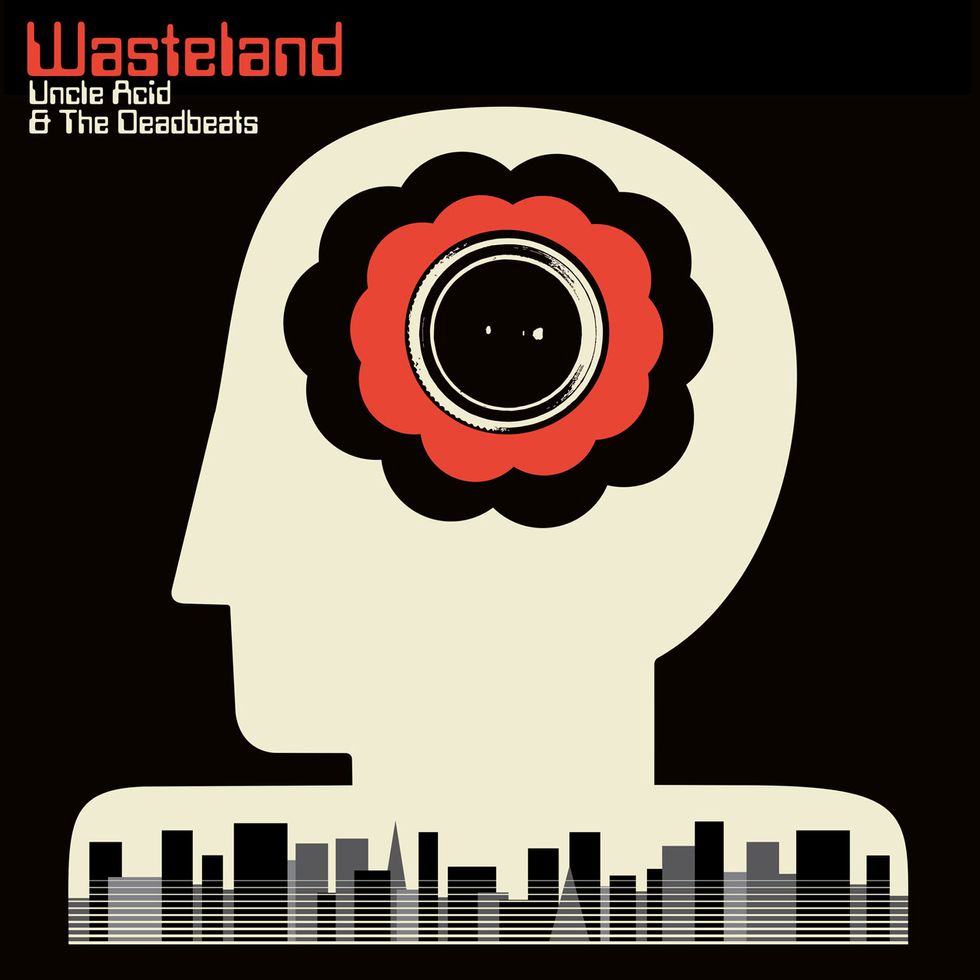
Wasteland, Uncle Acid and the Deadbeats’ fifth album, was engineered by Geoff Neal at Sunset Sound in Hollywood. The studio features a physical echo chamber, which Uncle Acid used for sounds on this album’s title track. This legendary chamber was also featured on early Van Halen and classic Doors albums.
What was the acoustic guitar you used on that track?
That one was a 1947 Gibson LG-1, which has a really small body. I also bought one of Neil Young’s acoustic guitars when he was selling off a load of shit, and I obviously had to have that. I used that for the second acoustic guitar on that track to layer it. It’s some little old Martin and it sounds really strange being such a small-bodied guitar, but it cuts through the mix really nicely.
You favor tweed Fender Deluxes, which is an unexpected choice for a metal band. Is that amp choice also a nod to Neil Young?
That’s exactly why I use a tweed Deluxe! Seeing Neil live was what started that for me. He’s got the best guitar tone I’d ever heard and I immediately set off on copying it after seeing him. He was selling off a few amps in that same auction last year, but I just picked up the acoustic. I figure you can’t beat having a guitar that he may have written something on. For the basic rhythm tracks, I just plugged straight into the amp. I have a few different fuzz pedals I used once I started building up second guitar parts and lead parts.
Wasteland has that “tweed Deluxe on the verge of a meltdown” tone that’s always been a building block of Uncle Acid’s sound, but things are distinctly bigger and clearer this time around. Was that a conscious decision? And how did you go about expanding things without sacrificing that sound?
That’s more a product of how we mixed it, but it was deliberate. For the mix, it had to be different because for the previous album, the Night Creeper, the mix was meant to be very narrow and quite claustrophobic and muddy. That was to represent the dark streets and alleyways the record’s story takes place in. I wanted everything to be cloudy and foggy last time, so you can’t quite pick out details in the mix. For Wasteland, it’s a completely different concept and everything had to be clearer, so it has a bigger stereo field and you can really hear the details much more than on the previous album.
Kevin Starrs is pictured here with his custom Collings 290 DC S. His live tonal recipe is plugging into a Toetags Electronics custom tweed Bassman clone or a Lil’ Dawg tweed Deluxe clone, and his favorite pedal is a modded Basic Audio Spooky Tooth. “I’ve used that pedal at every live show we’ve ever done,” Starrs says. Photo by Ester Segarra
The lead sounds on Wasteland in particular have a lot of character to them. How did you go about copping those tones? Is there a typical starting point for you?
My favorite pedal for leads is the EarthQuaker Devices Speaker Cranker. I use that on everything, especially live. It’s such a good pedal. That was on quite a few of the solos. I also have an early-’80s MXR Distortion+ that I used for quite a few leads. I use those into a tweed Deluxe. I had a ’58 Deluxe that I used a little bit, but it started giving me problems.
I actually used a ’72 Marshall Super Lead on quite a lot of the record, which is unusual for us. It’s a very different sound from the tweeds, obviously, with a lot more headroom. You hear that on the solos on “Exodus” and “Bedouin.”
I love how the guitar and bass form a single unit and blend into one another on rhythm parts. The main riff on “I See Through You” is a great example of this, and the respective tones don’t sound like they’d be particularly heavy without the context the other tones give them.
I think a lot of heavy bands these days focus on sub-bass frequencies, and that’s fine, but I didn’t grow up on music like that. I grew up on old-school metal that lived more in the 40 Hz zone and it had less to do with massive low end than it did with having a mean sound in the midrange and things locking together. So, my approach comes from that world more than anything.
Describe how you run your Deluxes to get your sound, and do you have any workarounds for the way they can close down when you hit the front end with a fuzz pedal when the amp’s already cooking?
I don’t run mine full up, but I run them at around 7 or 8. I think it really depends on the fuzz you use. The specific one I like the most is a Basic Audio Spooky Tooth, which I bought secondhand, but had John Lyons at Basic Audio modify it to be less compressed. With a tweed Deluxe, they naturally compress quite heavily, so this fuzz has less compression and is less heavy than a normal fuzz and borders on the structure of an overdrive, but with the tone and texture of a fuzz. It works really well with tweeds because there’s already got a lot of saturation going on. I’ve used that pedal at every live show we’ve ever done. It’s a mix of a few vintage circuits and it works really well for what I do.
Tell us about the Edwards by ESP Les Paul Junior replica you use. I’ve also seen you play a really cool Collings over the years, too. Is that guitar still in the mix?
The Edwards has been with me since Vol. 1. I used the Edwards on the first couple of tours and we did a couple of fly-in shows and it actually went missing. It ended up in Egypt somehow and it was like, “How’d it get there?” So I thought it was just best not to take that guitar with me anymore because I’ve written so many songs on it and it’s very sentimental. I’ve got a second Edwards that I used to track this album, but it’s really strange because it’s the exact same model guitar and everything, but it feels and sounds completely different to my original one.
The Collings is so well-built, it never goes out of tune. It’s super comfortable to play and a great stage guitar. I contacted them to see if they’d be interested in building me something and they were interested, so that one is based on their 290 DC S, but built for me with a specific neck shape and pickup. It’s a great guitar.
I also recently got a real 1961 Gibson Les Paul Junior in TV yellow which has a three-digit serial number, so it’s super rare. They only made a couple of hundred that year in that color. Luckily I got a really good deal on it because it had a headstock repair, but I find they feel a lot more solid after they suffer those. They’re such good guitars, and that one made it on this record a bit.
Did all of those guitars make it onto Wasteland?
For the core rhythm tracks that were done live I used my second Edwards, while most of the lead stuff is my original Edwards. It’s actually really strange, but it’s mostly the two Edwards guitars! There’s something special about Japanese guitars. I think they’re made better than the current production Gibsons and I don’t modify them at all. We tune down to C# and there’s a lot of room to bend and it works for my thing. I did pick up a slightly compensated tailpiece for my Juniors—not one with real saddles, but it’s got ridges to compensate. I’m going to try that, but the originals aren’t that bad.
Who are your influences as a guitarist? There’s obviously a major dose of Black Sabbath in what you do, but the Neil Young thing is a bit of a revelation.
Dave Murray from Iron Maiden is a huge one. When I was younger, I just wanted to be him. I had everything set up the same, a Strat with two humbuckers and the whole kit. Peter Green from Fleetwood Mac is, to me, the best British guitarist of all time—better than Clapton and Page. Jeff Beck and Peter Green are neck-and-neck in my book. It was all of that old hard rock and metal and trying to copy those guys that really improved my lead playing.

Guitars
Edwards by ESP E-JR-90-LT/DC TV yellow
1961 Gibson Les Paul Junior double-cutaway
Custom Collings 290 DC S
1947 Gibson LG-1
1940s Martin (formerly owned by Neil Young)
Amps
1958 tweed Fender Deluxe
Lil’ Dawg custom 25-watt tweed Deluxe clone
Toetags Electronics custom 2x10 tweed Bassman clone
1972 Marshall Super Lead
1963 Vox AC30 Twin
Effects
EarthQuaker Devices Speaker Cranker
Basic Audio Spooky Tooth
Geoff Neal mystery fuzz
Boss RV-5 Reverb
’80s MXR Distortion+
Boss ES-8 Switching System
Boss BF-1 Flanger
D*A*M Maestro Fuzztone clone
Strings and Picks
Gibson 700L Brite Wires (.010–.046)
Herco Flex .50 mm
What is it about Peter Green’s playing that speaks so deeply to you?
It’s his choice of notes and the emotion that’s in his playing, especially on the slower, bluesier ballad kind of songs. To me, it was just incredible stuff. He had a great voice as well and writes great songs, and he plays blues in a way that very few people can, in my opinion. I think it’s a real shame that he doesn’t have the sort of fan base those other guys have. He doesn’t have the PR team that Jimmy Page has to keep himself on the cover of magazines every year. Green’s playing never quite recovered after his mental break episode, but his playing on Live in Boston in the ’70s is just so amazing to me.
Were you listening to anything in particular that informed the songs on Wasteland?
A lot of Roger Waters’ solo stuff, which I love and doesn’t get as much attention as the Pink Floyd stuff. Roky Erickson’s music came back into my life again. A band called the Testors from the ’70s that really influenced “Stranger Tonight,” which has that sort of power-pop/early punk thing going on.
You guys opened a tour for Black Sabbath in Europe a few years back. What was that like for you as an Iommi fan, and did you learn anything from that experience as a player?
They all kind of kept to themselves, but they’d pop into the dressing room and crack jokes and stuff. They were very friendly and let us play their guitars and check out their setups and stuff like that. We felt very welcome. One thing I appreciated is the way Tony would arrive before anyone else to do soundcheck and still be the last person to leave as well. He’s still out there tweaking his amps and works really hard to make sure it sounds as good as it can in each venue. That work ethic was very impressive.
You’ve had a few rhythm guitarists in the band over the years. With Vaughn Stokes moving from bass to guitar, what makes him the right guitarist for Uncle Acid?
It’s really about having somebody that has their own thing going on and isn’t just copying what I’m doing. Having someone that’s a tighter player than me helps a lot because I’m very sloppy and distorted and everything is chaos on my end. With Vaughn, his sound is so dirty, but it’s not as over-the-top as mine is, so it helps give our total sound some separation and balance. Vaughn’s sound has a lot more low end and he uses humbuckers, which match well with my P-90 sound.
What pedals did you use on the album and what’s in your live rig these days?
The ones you hear the most often are the Basic Audio Spooky Tooth, EarthQuaker Speaker Cranker, and an old Boss BF-1 Flanger, which is set between flange and chorus—you hear that at the end of “Shockwave City.” I also used a Boss reverb pedal at the end of “Slow Death” with the feedback turned all the way up.
What about stage amps?
Live I’m using an amp made by Toetags Electronics that’s a replica of a ’50s Bassman circuit running into two 10" speakers instead of four. That’s a really great amp, and we use it here in the States. In Europe, it’s a different setup and the main tweed I use is built by Lil’ Dawg. He made us a 25-watt tweed Deluxe that runs 6L6s like Neil Young, and I use one of those as my main amp. I use that tweed with a ’63 Vox AC30, which gives me a ton of volume and also tightens up the bottom end a bit. Those old Voxes are obviously such great amps!
You’ve said before that you see yourself as a pop songwriter who sings about scary stuff, rather than aligning yourself with the metal world. Could you elaborate a bit on how your pop sensibilities come into Uncle Acid’s music?
Pop music should be all about the melody and that’s the main thing, and that’s what I’m trying to do. To me, the most important part of our music is getting a really good vocal melody that works well with a riff. For me, it starts with a riff and I work from there, but I like hooks and things like that. To be fair, a lot of the old metal songs had loads of hooks. Even Metallica records were really catchy and well-written, but people tend to forget that and focus on the heaviness of it and how powerful those records are, which is cool as well, but there are really good songwriting fundamentals in classic metal. To me it misses the whole point to listen to only heavy music, if you’re making heavy music. I think it’s good to have a wide range of influences and listen to as many different styles as you possibly can because it will all infiltrate your music in some way.
I also think the production in metal has gone way too clean. You can hear every element of the drum kit and every little guitar part and it’s gotten too high definition for me. It sounds like it’s made by computers and not people.
The current iteration of Uncle Acid and the Deadbeats perform a blistering set at California’s Desert Daze Festival.

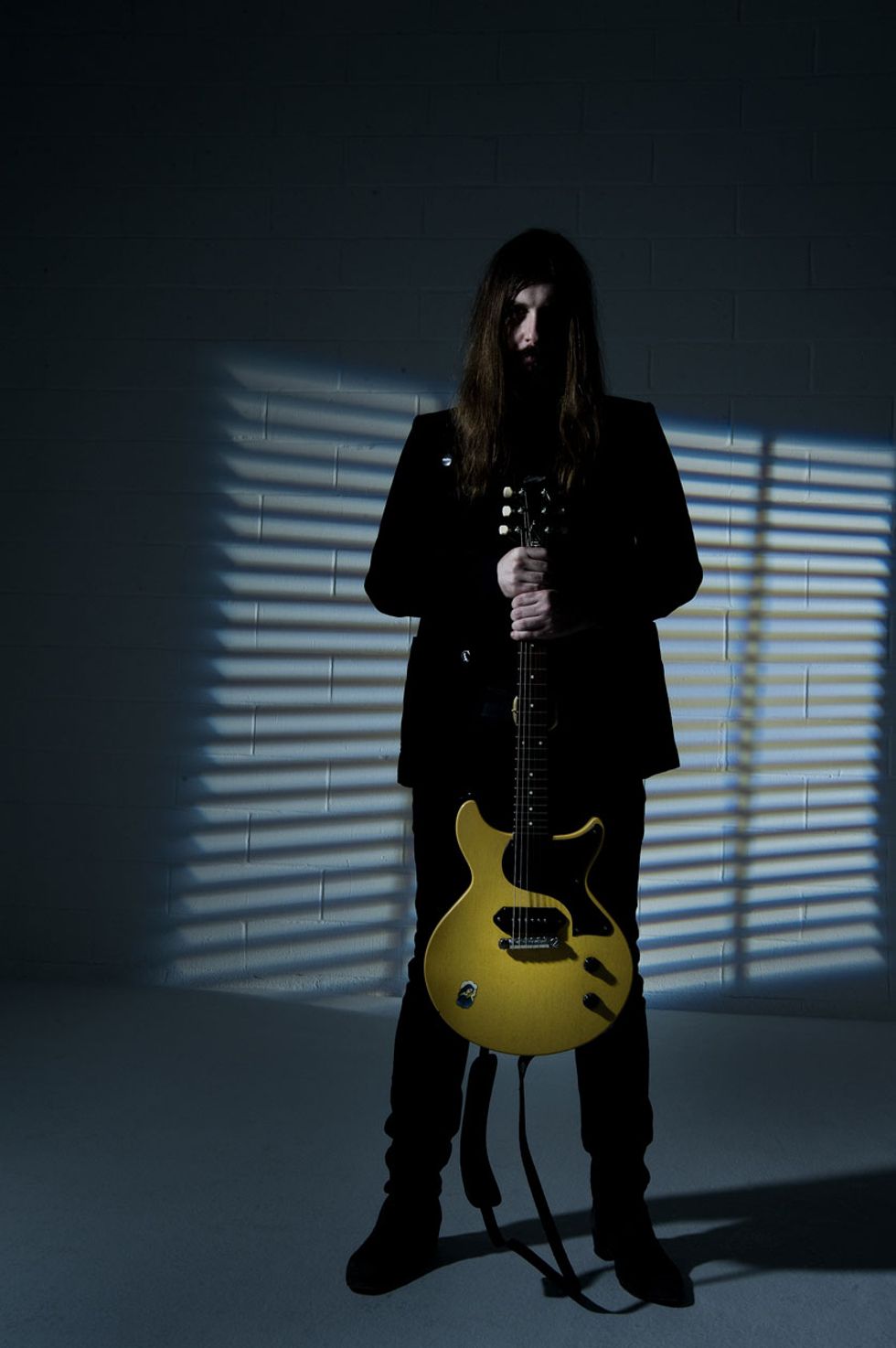
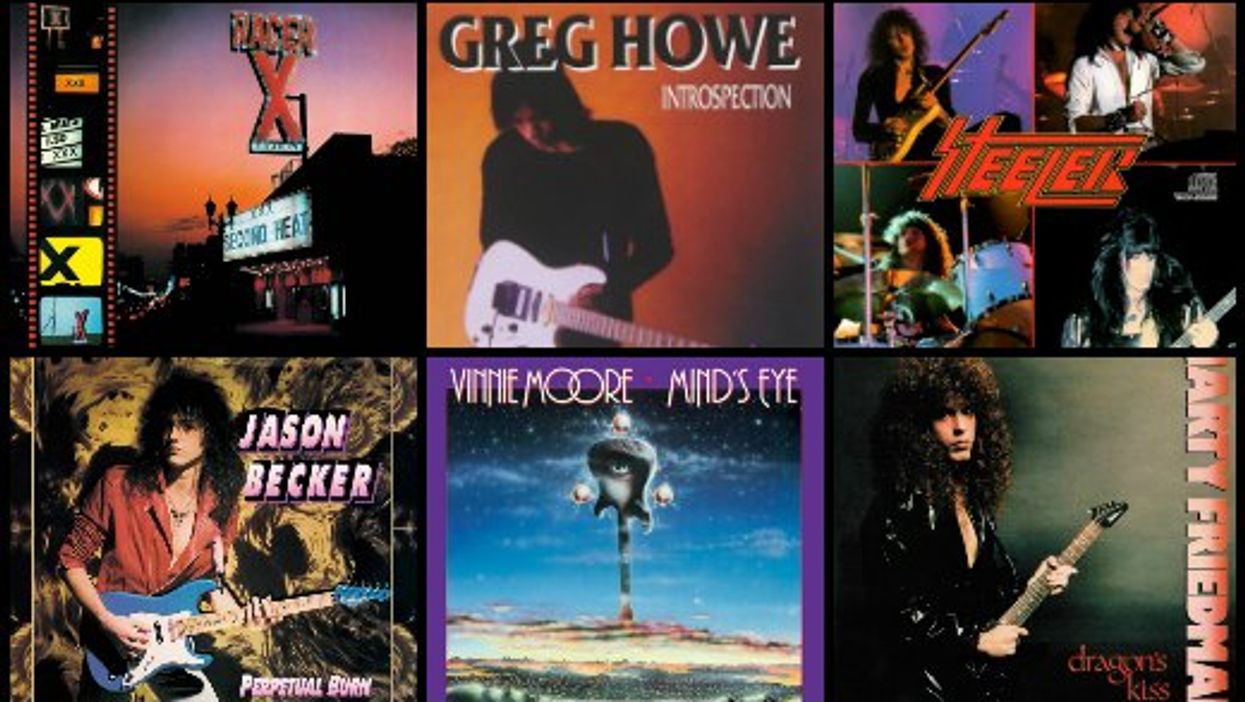
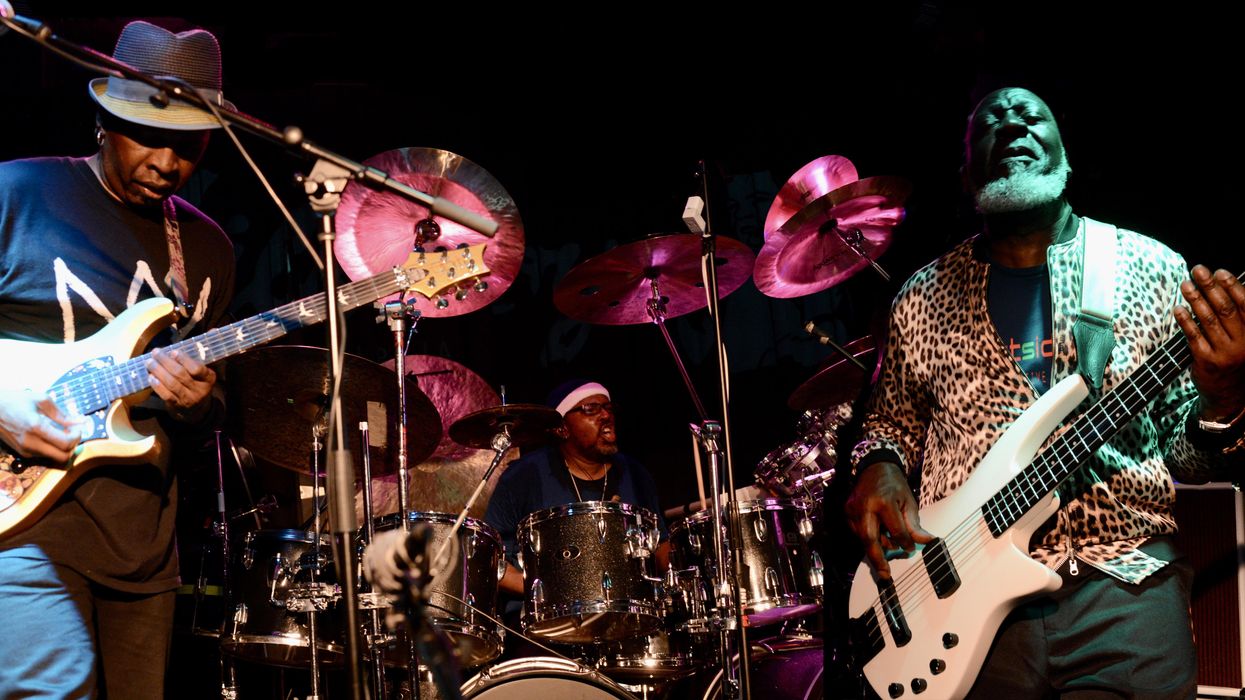
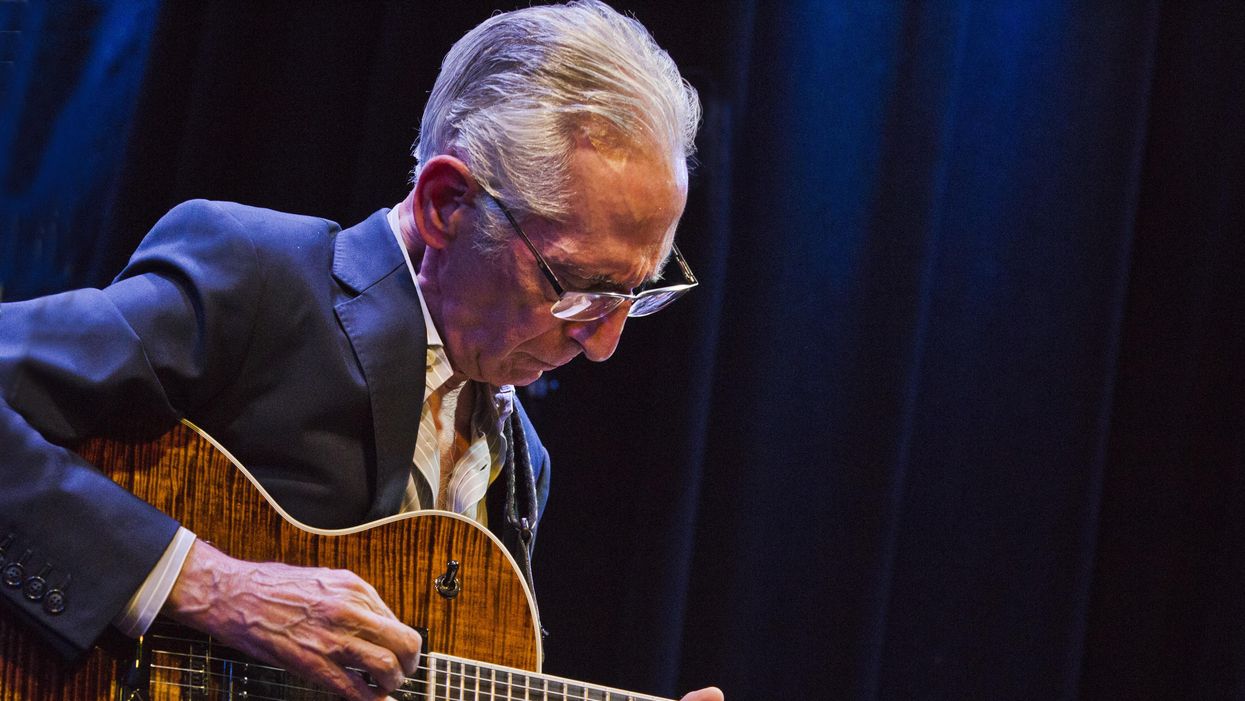

![Rig Rundown: AFI [2025]](https://www.premierguitar.com/media-library/youtube.jpg?id=62064741&width=1245&height=700&quality=70&coordinates=0%2C0%2C0%2C0)












 Shop Scott's Rig
Shop Scott's Rig
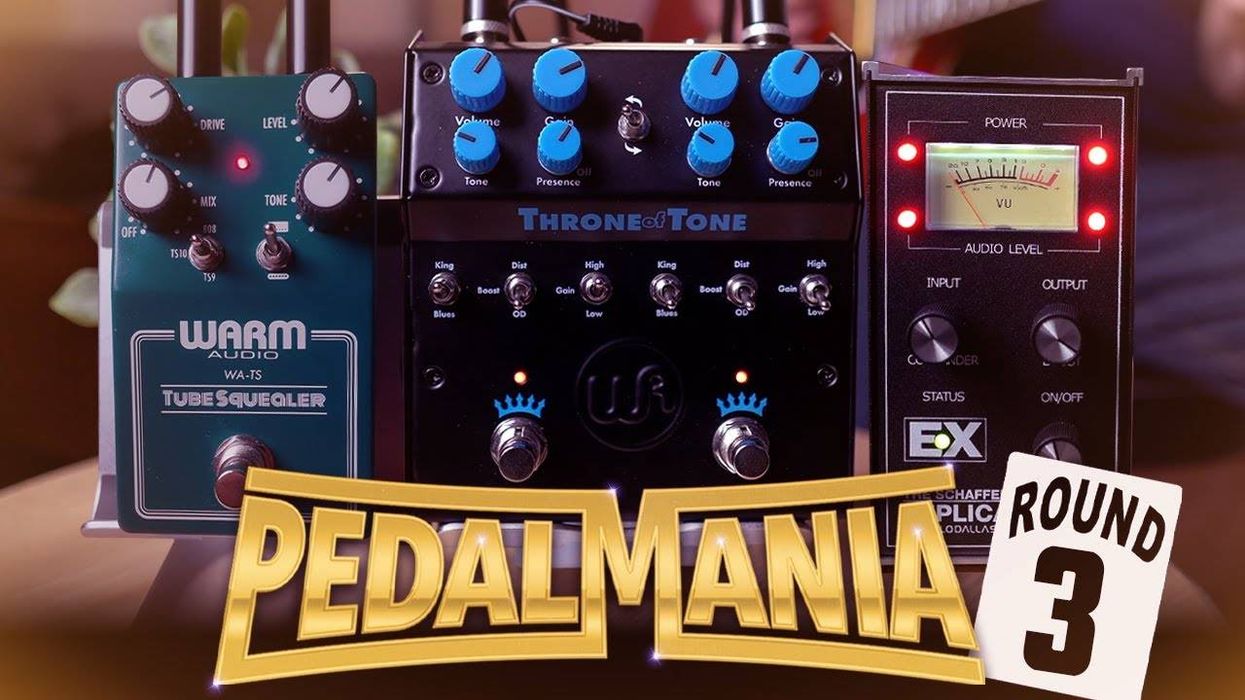



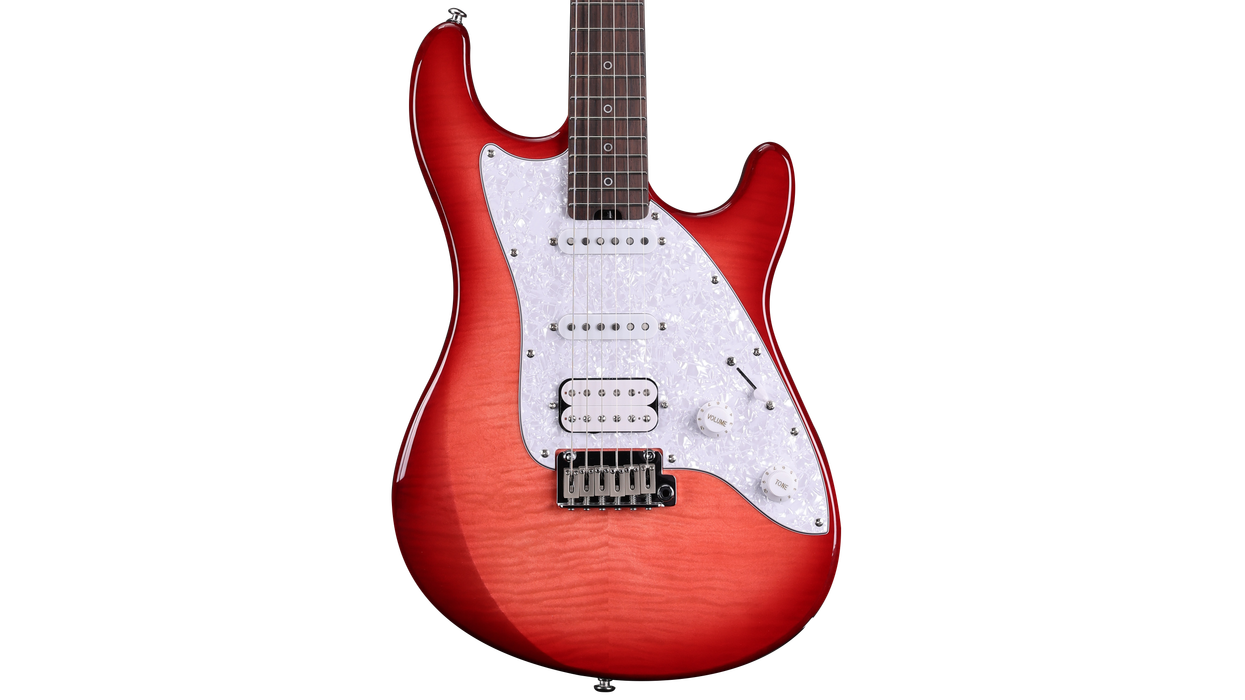








 Zach loves his Sovtek Mig 60 head, which he plays through a cab he built himself at a pipe-organ shop in Denver. Every glue joint is lined with thin leather for maximum air tightness, and it’s stocked with Celestion G12M Greenback speakers.
Zach loves his Sovtek Mig 60 head, which he plays through a cab he built himself at a pipe-organ shop in Denver. Every glue joint is lined with thin leather for maximum air tightness, and it’s stocked with Celestion G12M Greenback speakers.












![Devon Eisenbarger [Katy Perry] Rig Rundown](https://www.premierguitar.com/media-library/youtube.jpg?id=61774583&width=1245&height=700&quality=70&coordinates=0%2C0%2C0%2C0)






